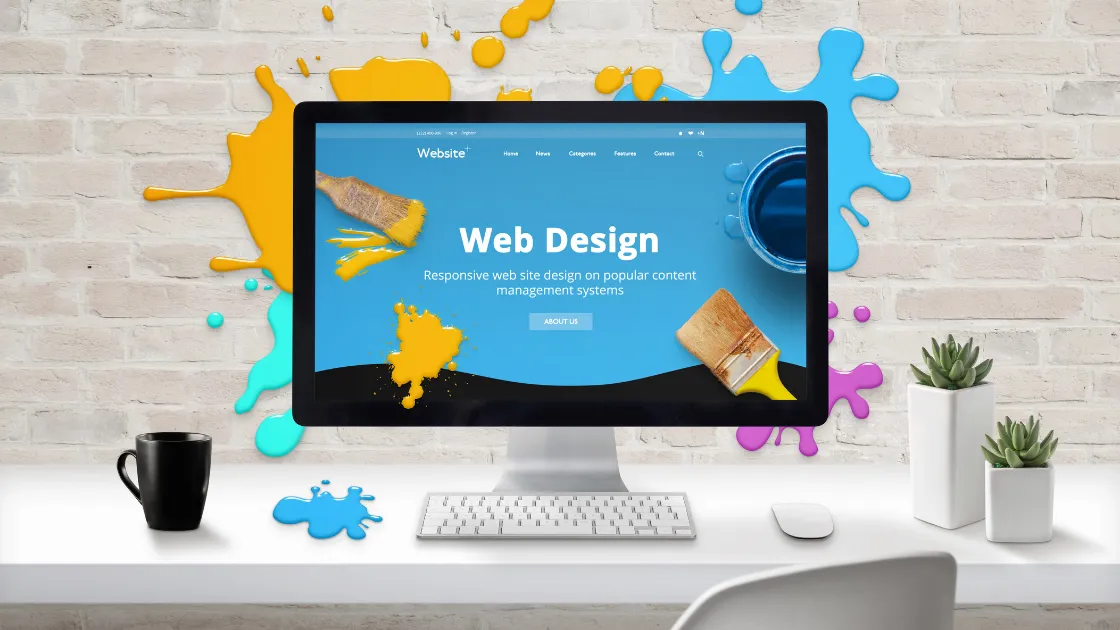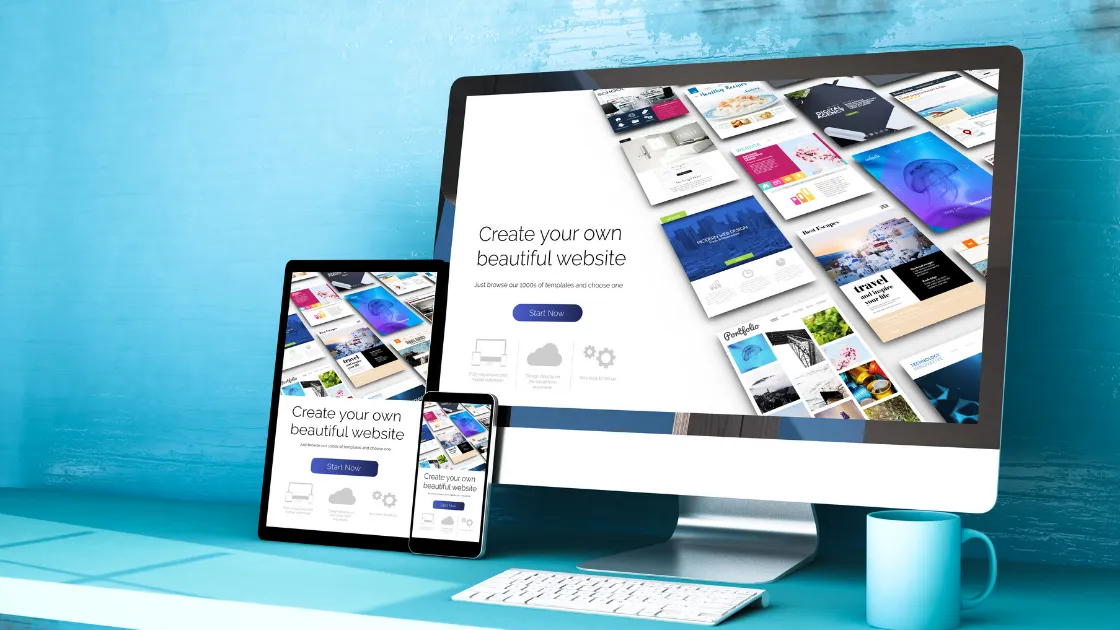Your homepage is often the first impression your visitors get of your brand. Whether you’re selling products, offering services, or building authority, your homepage needs to engage users, answer their questions, and guide them toward taking action. A high-converting homepage isn’t about flashy graphics or endless text—it’s about clarity, value, and user experience. Below are 10 key elements every effective homepage should include:
1. Clear Value Proposition
Your homepage should immediately communicate who you are, what you offer, and why it matters. Use a simple, strong headline with a short subheading that delivers your unique value clearly.
2. Clean Navigation
Make it easy for users to find what they’re looking for. Use a top navigation bar with concise labels and logical structure. Avoid cluttered menus or too many links.
3. Compelling Call-to-Action (CTA)
A homepage should drive users to take a specific action. Whether it’s “Get Started,” “Book a Call,” or “View Products,” the CTA should be clearly visible and repeated in strategic places.
4. Trust Signals
Include testimonials, client logos, certifications, awards, or case studies to show that others trust your brand. Social proof boosts credibility and confidence.

5. Optimized Above-the-Fold Section
The top part of your homepage (before scrolling) should grab attention with a headline, brief description, CTA button, and perhaps a strong image or background video.
6. Engaging Visuals
Use high-quality images, illustrations, or videos that reflect your brand and message. Avoid stock images that look generic or unrelated to your business.
7. Benefits-Focused Content
Explain the core benefits of your products or services. Focus on what problems you solve and how you make your customers’ lives easier or better.
8. Mobile Responsiveness
A high-converting homepage must look great and function smoothly on all devices. Test it on phones and tablets to ensure text, buttons, and layouts are fully responsive.

9. Fast Loading Speed
If your homepage takes too long to load, users will leave. Optimize images, use clean code, and leverage caching techniques to improve loading times.
10. SEO-Friendly Structure
Use proper heading tags (H1, H2, H3), internal links, alt text for images, and relevant keywords to ensure your homepage ranks well in search engines.
A homepage is more than just a welcome mat—it’s a strategic tool that can help turn visitors into customers. By focusing on these 10 elements, you’ll not only improve the look of your website but also drive more conversions and business growth.

